The intricate and ambitious Senior Design and Enterprise Team projects unveiled at Michigan Technological University's Design Expo don't materialize overnight. Two teams share their behind-the-scenes prep leading up to the big day.
Design Expo is a spring showcase of work from more than 1,000 students who collaborate with faculty and industry all year long. Student teams are judged on exhibits and timed presentations. A Senior Design biomedical engineering team work on a spinal implant recharging device; the Consumer Product Manufacturing Enterprise sweat the details of their projects, they put the same effort into presenting the results.
Senior Design: On time, on a mission
In the first week of fall semester, students taking the Senior Design course are given a few capstone projects to choose from, and teams are assigned.
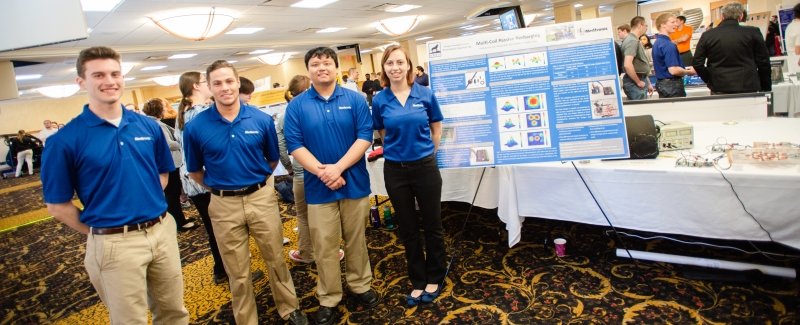
From left, Hubbard, Carley, Vanderstelt and Eryrich. Senior Design and Enterprise teams can be multidisciplinary. Carley isn't a biomedical major. “I’m EE, but I wanted to do something on the medical side,” he says.
Biomedical Senior Design project members Holly Eyrich, Jacob Carley, Zachary Vanderstelt and Ken Hubbard call themselves the Dream Team. Both confidence and sense of humor are good things, considering the high expectations placed on the four Huskies working with global medical technology manufacturer Medtronic and co-advisor Keat Ghee Ong, a professor of biomedical engineering, on a wireless multicoil passive recharging prototype for a spinal cord stimulation implant.
"Always, we win. Biomedical engineering wins every year."
No pressure there, right?
Putting the customer first
There's something more important at stake than an Expo win: the potential to help people suffering from intractable chronic back pain. The team aims to make recharging the spinal stimulation implant less cumbersome for users by adding extra coils to the charging array. It could reduce the need to constantly adjust the device in order to recharge the implant, which is located one to three centimeters below the skin’s surface.
"Now, there’s a big belt you have to wear around your waist. We don’t want them to have to think about it, they can just do it,” says Vanderstelt.
“The idea is to fit charging into the patient’s life,” adds Eyrich.
This is the fourth project Medtronic has brought to Michigan Tech student teams, says Carl Wahlstrand, Medtronic engineering program director for patient care devices with the company's restorative therapies group in Minneapolis. Wahlstrand, a 2001 Michigan Tech electrical engineering alumnus, says each project intentionally weaves in an element of team contact with the people who could potentially benefit from the project. Talking to prospective users leads to more than design ideas; it’s integral to understanding the quality-of-life impact the device could have. A visit to Medtronic further solidified the mission for student innovators as they move forward on a working prototype.
Every week the students set their own tasks, which Ong reviews; they report back on progress in the subsequent week.
"The routine varies from week to week, as we meet with sponsors and advisors," Hubbard says. Generally, Dream Team invests five to 20 hours weekly into the project—a minimum of 300 hours per person. Planning and design took place during fall semester. By the end of January, the team had a working prototype. Through February and March, the team was working on collecting data to validate stimulation. Expo exhibit deadlines were cemented by late March:
- Friday, April 6: Experimental data poster done, packaging done. “We don’t need that last-minute crunch,” says Ong.
- Monday, April 9: Exhibit poster done.
- Friday, April 13: Presentation slides due, and a practice run. All Expo teams exhibit and present the day of the event, but senior design team presentations are conducted earlier.
- Wednesday, 9:15 a.m., April 18: The presentation, in sessions with industry sponsors and faculty.
- Thursday, April 19: Showtime!
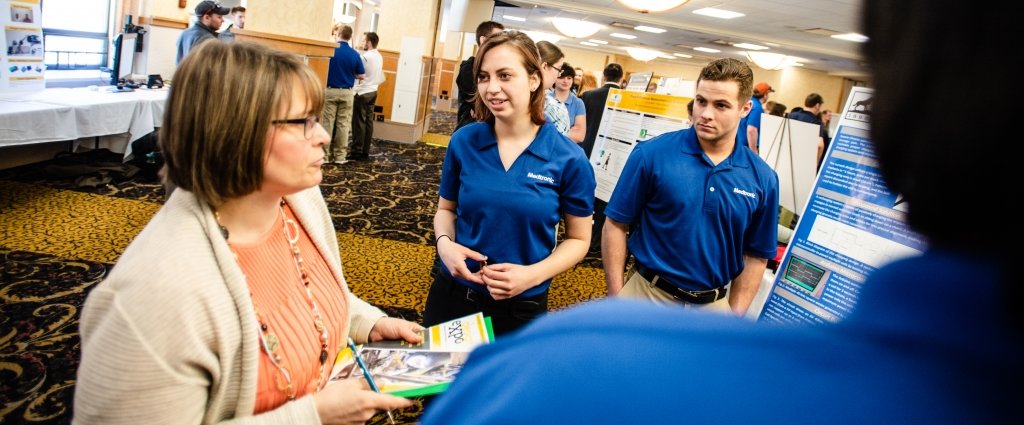
CPM Enterprise: Big team, big on details
With 60-plus members, Consumer Products Manufacturing (CPM) is one of the largest Michigan Tech Enterprise Teams, encompassing 12 projects, 11 of which exhibited at Expo 2018 (No. 12 is still in preliminary stages of development). Each project group has its own team leader, while the overall CPM team is governed by a 15-member E-board. Every seat is filled in the conference room in Chemical Sciences and Engineering building, when the E-board meets with CPM team leaders Jacquelyn Lahnanen and Elizabeth Barber, and co-advisors Tony Rogers, associate professor, and Sean Clancy, lecturer, both from Michigan Tech's Department of Chemical Engineering. The group exudes competency and organizational prowess as it runs through updates and touches on details like sponsor thank-you notes.
"We are very prepared this year. I credit Jacqui for that, 100 percent. She's been very good about being on top of things and ensuring we stick to the plan that we have, and the schedule," says Barber. "It's been a lot of back and forth to make sure everything is done by the dates we set."
The finalized presentation schedule has arrived. CPM is presenting first. The 15-minute overview will touch on the most significant developments of the year. There isn't time to go over everything the team does, so they highlight the projects that have come through the full cycle of ideation to realization. The team tries to avoid common presentation pitfalls—for example, simply reading the words on slides.
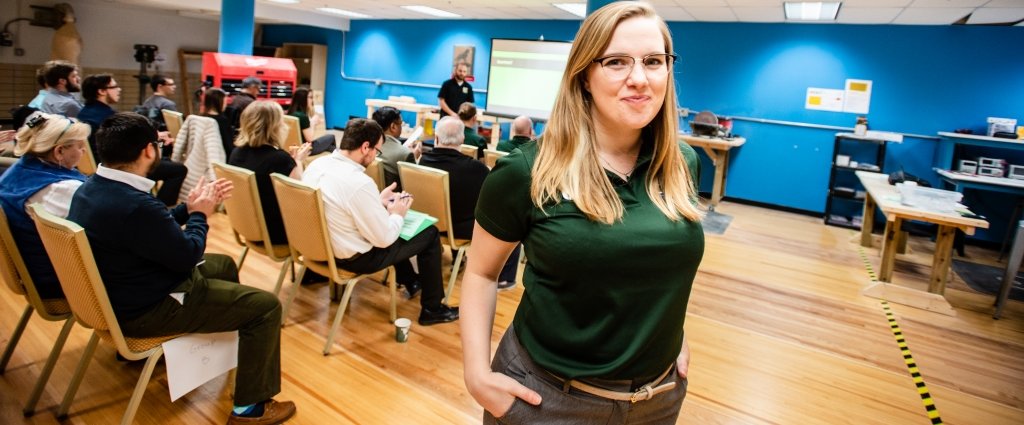
CPM has its fingers in a mind-boggling array of projects including a functional and affordable lower-limb prosthetic; a biogas project to convert food waste from dining halls and convert it into energy to heat buildings and water; and a commercial beer keg washer. Other teams are working on copper extraction and carbon dioxide sequestration.
The team's support system is composed of numerous individual, industrial and public sponsors—and part of the work is scouting funding sources. Current sponsors include a Marquette roofer interested in long-wearing, locally sourced, affordable basalt-fiber roofing and a chemical engineering alumnus focused on an oxygen-selective membrane for home whiskey brewers. Another team partners with nanoMaG (makers of a high-performance magnesium alloy) and Shaggy's Copper Country Skis of Boyne City, Michigan, on skis and hockey blades. And there's a team working with Kohler Co. on an initiative to deal with existing resin waste streams. Whew.
To ensure a cohesive presentation and smooth-running exhibit logistics, CPM also has a six-member Expo team, currently chaired by Barber. Each member is responsible for oversight of two project teams.
"We start prepping in November," says Barber, a fifth-year student who's been in Enterprise since her first year at Michigan Tech.
Taking the leadership path
In CPM offices, in the sub-basement of ChemSci, Barber takes time before another team meeting to explain more about how the overall group and its sub-teams function.
"CPM does a good job focusing on all the skills students need for success,” she explains, "you're required to go to a weekly meeting. Every week you have a task assigned that you're required to complete, which is really helpful for younger students to help learn multi-tasking and managing time."
Michigan Tech Enterprise is a course; CPM team members are also expected to earn community service and public relations points that count toward their grades. Rather than using a particular app to handle communication, the team uses Google Drive and emails to keep everyone on course and apprised of upcoming events. "It's good that they have to open those emails. It teaches a sense of responsibility," Barber says.
"After your second semester, you can sign up for leadership positions. I've been a team lead in the past and this year I'm a team lead and Expo chair," Barber says. "It isn't a lot until Expo's near, and then it's a bunch. But we start prepping, posters and such, back in November."
Over the course of December and into February the team overseeing Expo preparations meets with other team leads to learn about projects. "That way we're able to make posters. We also make an outline document for everyone in the Enterprise," Barber says. This "cheat sheet" includes talking points on the purpose, long-term goals and progress of each project, along with potential questions and the correct answers. That way, no team member ever has to tell an Expo judge or visitor "I don't know, I'm not on that project."
CPM displays three posters highlighting the three sectors of the group's overarching mission: process improvement, customer innovation and sustainable service. Projects are grouped into one of the three sectors. For example, Barber is in the copper extraction group, working to take a currently existing system to make it useable in the unit operations lab, so the project will appear on the process improvement poster.
Making a list and checking it twice? More like multiple checks during the approximately three-week poster-proofing process. Once Barber puts all the information together, pulling from a giant spread sheet that she also uses for a pamphlet and the cheat sheet, the first draft goes to the Expo oversight team for feedback. Then revisions are sent to team leads. “The third round, the final-final revisions, was just with Jacqui and Dr. Rogers, and of course there was a lot more because Dr. Rogers is picky—but he’s a good man,” she says, laughing. Being open to criticism is important to the process, Barber notes. “You have to be able to say, ‘I’m human, I know I mess up.’”
The team presentation and exhibit went off without a hitch. It would be awesome to win, Barber says, but she sees the bigger picture.
"I think we have the mindset, 'let's do our best and our best might be first.'"
“I had a goal to win when I started as chair just because we’ve won so many years in the past,” Barber says. “But in the grand scheme of things, I think it’s important for us to show all the work we’ve done and the progress we’ve made and be proud of it. Of course, winning is awesome, and it feels great to be recognized, but we don’t do these projects to win,” she says, adding, “I think Dr. Rogers wants to win!”
Check out the list of this year's winners on Michigan Tech News.
Michigan Technological University is a public research university founded in 1885 in Houghton, Michigan, and is home to more than 7,000 students from 55 countries around the world. Consistently ranked among the best universities in the country for return on investment, Michigan’s flagship technological university offers more than 120 undergraduate and graduate degree programs in science and technology, engineering, computing, forestry, business and economics, health professions, humanities, mathematics, social sciences, and the arts. The rural campus is situated just miles from Lake Superior in Michigan's Upper Peninsula, offering year-round opportunities for outdoor adventure.
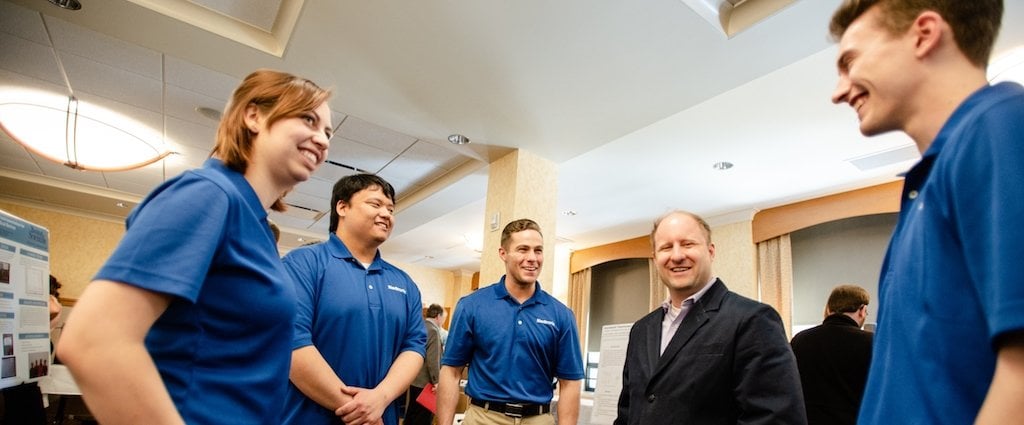

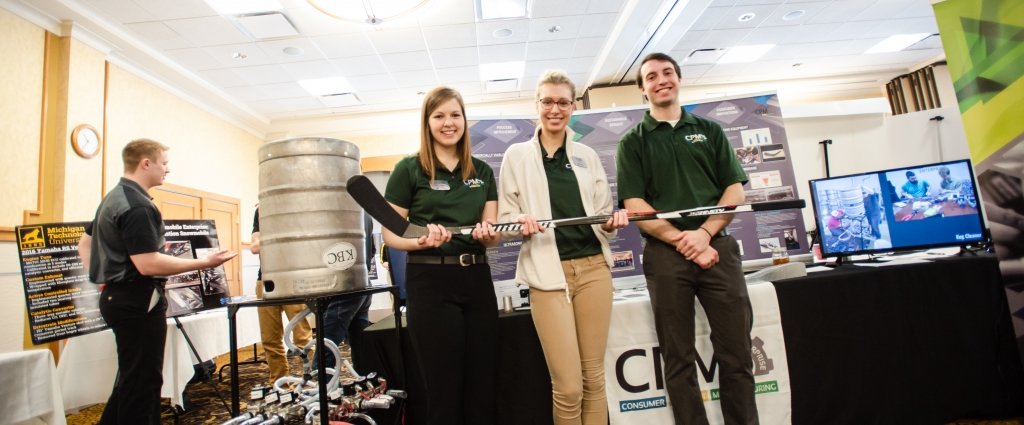
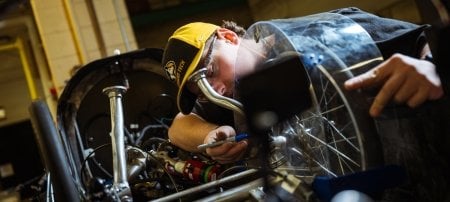
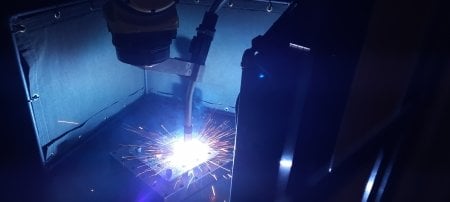
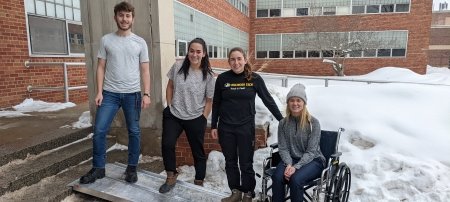
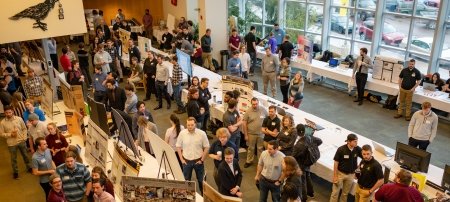
Comments